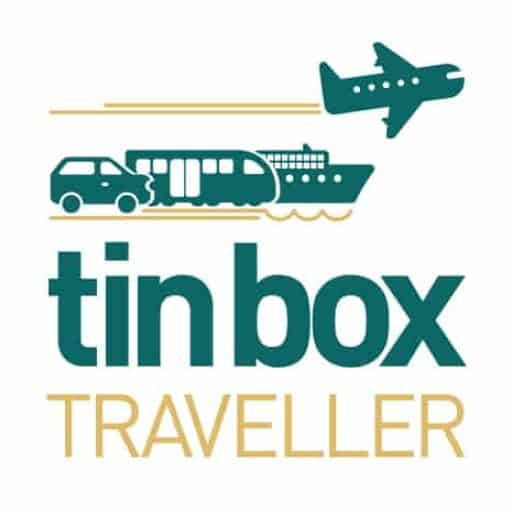Maintaining a family first aid kit is often not top of the list of household priorities. However when preparing for a family holiday it should become an important consideration which can help reduce potential stress and difficulties you may encounter if someone falls ill.
*Advertisement feature*
Contents - jump to what you'd like to know
First aid kit check list: what to pack for family holidays
So what should you include on your travel first aid kit check list?
Preparation is key
The old saying ‘be prepared’ still rings true. It is far better to plan ahead and put together a comprehensive travel first aid kit than gather bits and pieces during your trip, regardless of how long you are away for.
This way the kit can be tailored to fit your family’s needs, the journey and the destination.
For example, if where you’re headed is know to have insect problems, appropriate repellents and remedies should be included in the kit. The best strategy is to maintain a good all-purpose kit and add other items to suit your trip.
Keep it current
It’s all too easy to take a quick look at the contents of a first aid kit and replace only what seems to be missing.
Check the contents thoroughly, throwing out any out of date items and replacing them with new ones. Out of date creams and medications will not be as effective.
What to include in your travel first aid kit
This is not a comprehensive list, but it should prove useful for most situations. For more help on first aid kit contents see what the NHS recommends.
Remember that different climates and environments may require specific items. Identifying the best items to include for a particular destination could save time, money and discomfort in the long term.
Here’s some of the things we have packed in our travel first aid kit:
- Adhesive plasters – the good old sticking plaster is an absolute essential. From tiny cuts and grazes to larger ones, plasters are top of the list. We have Disney Frozen ones, which helps to stop bottom lips wobbling quite so much if bumps happen.
- Antiseptic wipes – keeping clean and hygenic on the go isn’t always easy, so it’s good to have wipes at the ready.
- Latex gloves – to keep clean when dealing with injuries and in clearing up.
- Tweezers – vital for helping remove splinters and thorns.
- Scissors – indispensable for cutting plasters, gauzes, bandages etc.
- Bandages – to cover wounds and provide support.
- Gauze – good for covering areas where plasters won’t do.
- Adhesive tape – medical adhesive tape helps secure gauze and has other uses.
- Instant cold pack – great for relieving sprains and swellings.
- Sting and bite treatment – essential for relieving insect bites, even in the UK.
- Calpol – we never leave home without it.
- Rehydration powder – to help if anyone does pick up a funny tummy – it’s usually me!
Take a look at the toiletries I pack for holidays in hotter climates.
Other things to consider when on holiday
This may seem a lot to carry, but remember you don’t need large quantities of these items, although they should be replaced when used up as soon as possible.
You could consider having more than one kit; for example one in the car, one to carry when out and about and another at home. When the first aid kit is not enough, professional medical help may be needed.
This can be costly abroad so it is worth ensuring that you have the appropriate level of Medical Travel Insurance.
If you are preparing for a family holiday you might also find these posts helpful:
Do you carry anything else in your travel first aid kit when you’re on a family holiday?
Disclosure: this is a collaborative post with Medical Travel Insurance.

